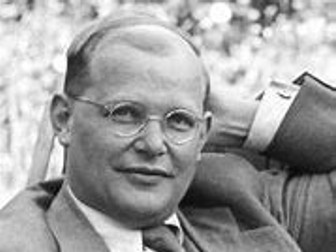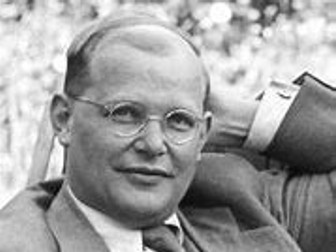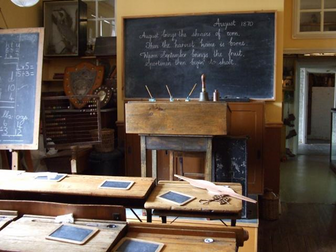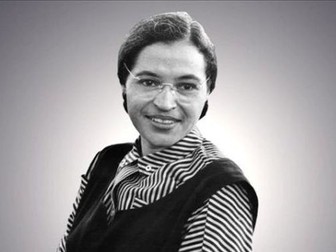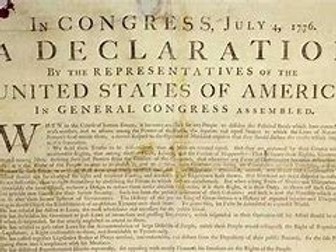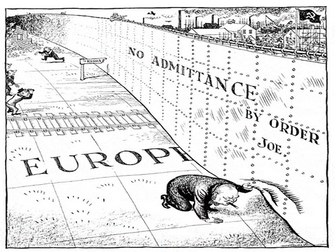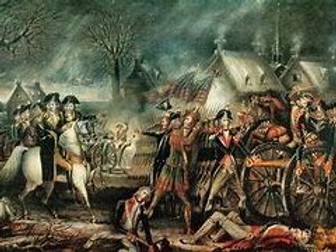Dietrich Bonhoeffer lesson
This lesson was made for a KS5 class to cover the section on Christian moral action and Dietrich Bonhoeffer in the OCR Religious Studies A Level syllabus. The lesson lasts for approximately 1 hour 30 mins and addresses the following focus questions:
Who was Dietrich Bonhoeffer and how did he resist Nazi persecution of the German churches?
What was Bonhoeffer’s view of duty to God and duty to the state?
The PowerPoint includes the following activities: video of Bonhoeffer quotes and hypothesis task, timelines of religious persecuyion in Nazi Germany, information on the National Reich Church, video activity, biography activity, pair work, diary entry/letter/speech/graphic organiser activity and a poem analysis as a plenary. This lessons includes differentiation by choice and extension tasks on multiple activities. Suggested timings for each activity are included in the notes section of the PowerPoint.
NOTE This lesson requires students to refer to pages in the OCR A Level Religious Studies Year 1 textbook.
